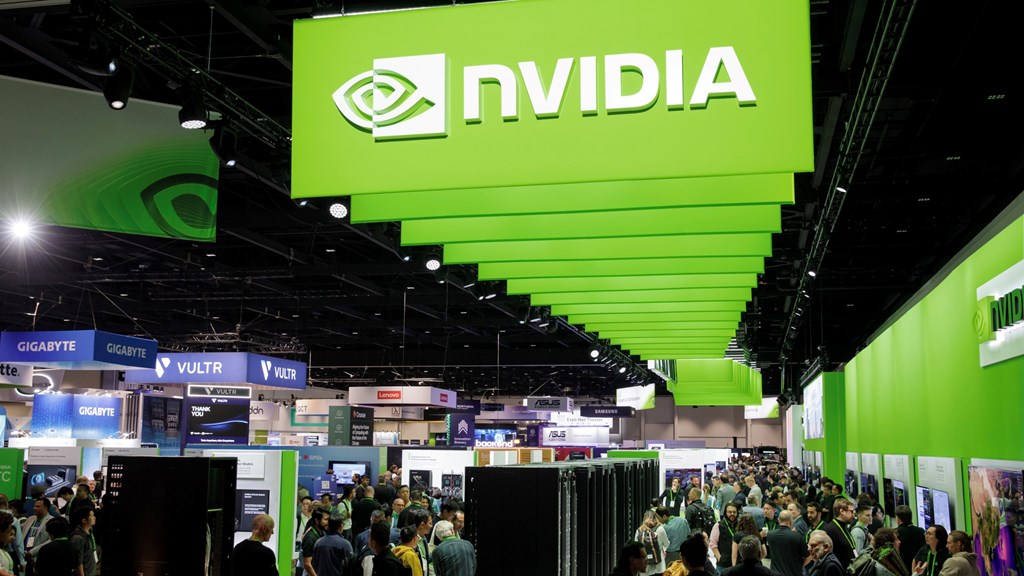
Nvidia preps fresh AI-RAN pitch
- 18.03.2025 13:23
- telecomtv.com
- Keywords: AI-RAN, Nvidia
Nvidia is developing AI-RAN solutions for telecom networks, aiming to enhance performance despite industry doubts about costs and energy efficiency. Their upcoming GTC event may showcase new advancements in AI-RAN technology.